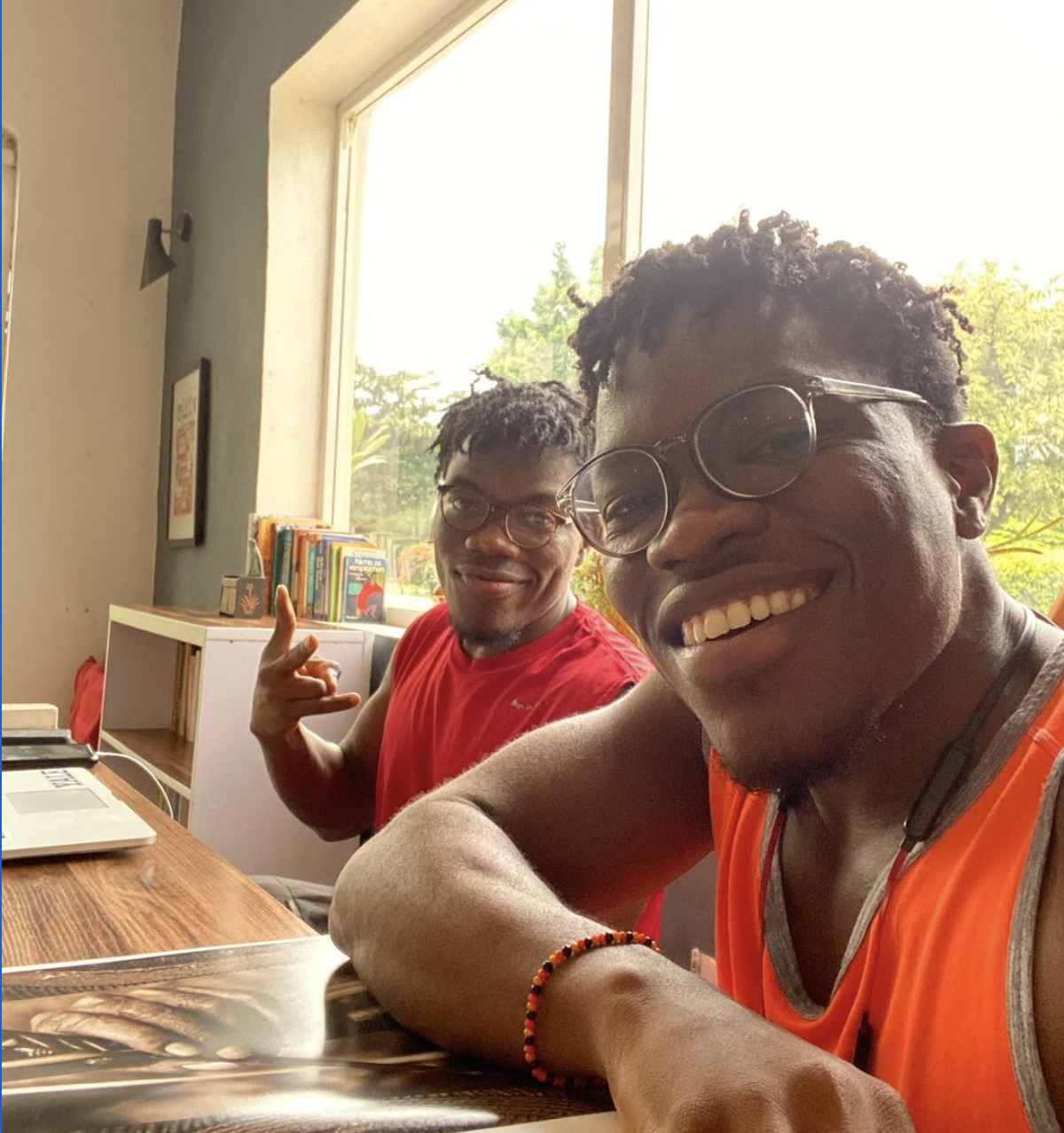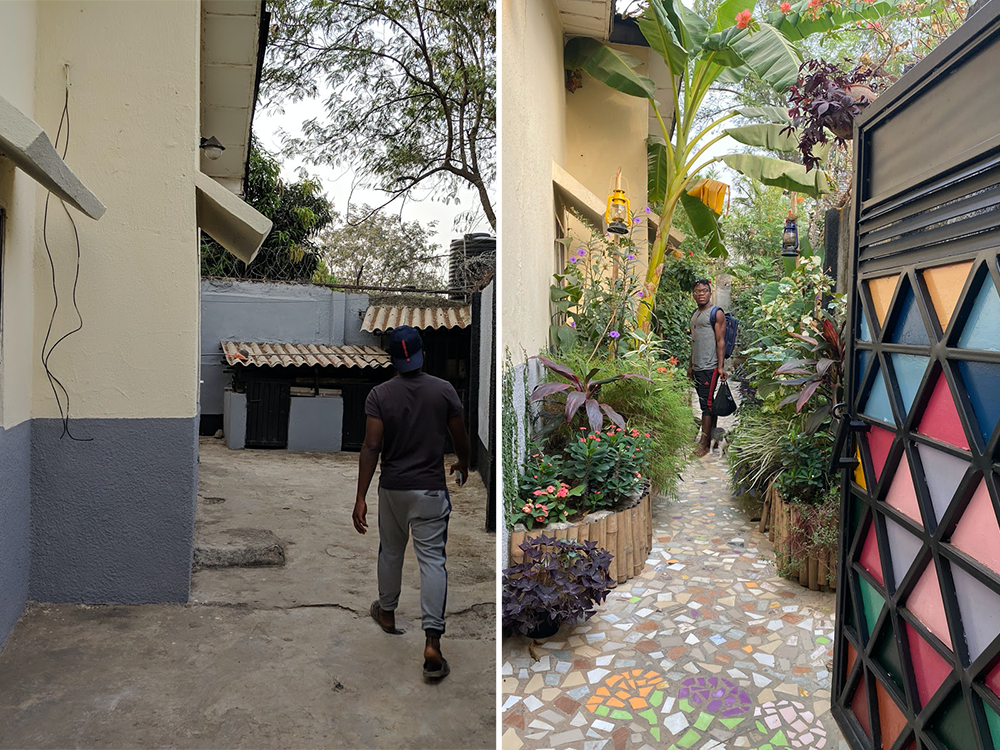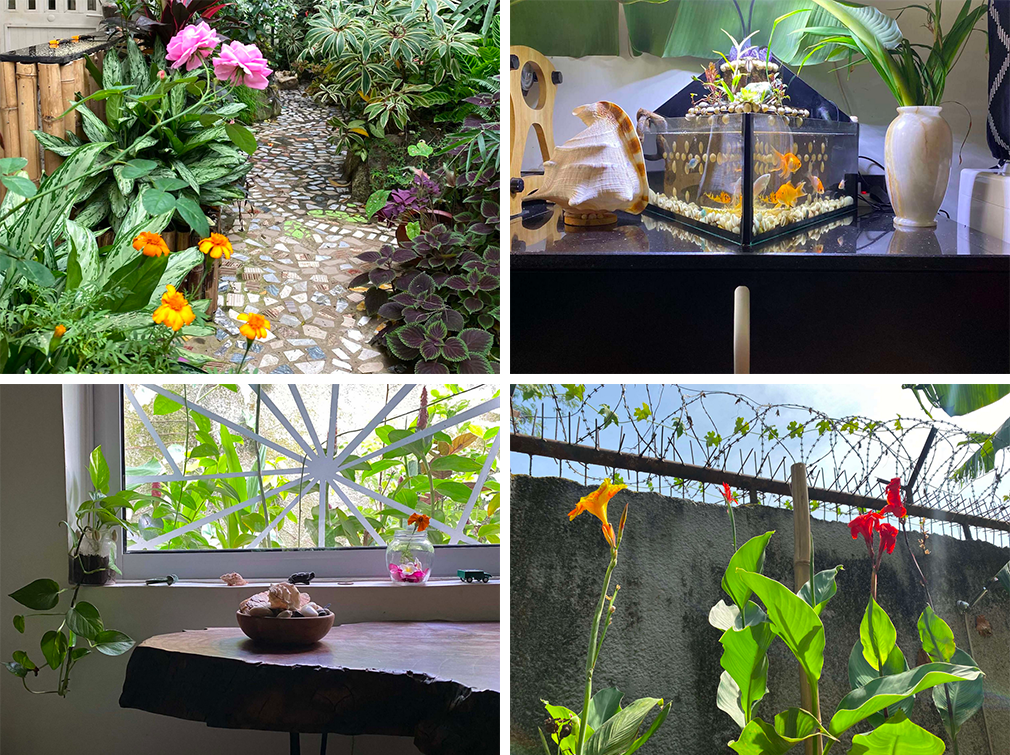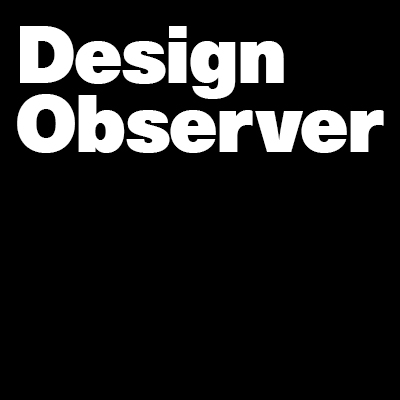
An Interview with Chuba + Chine Ezekwesili
Akanka Design
Abuja, Nigeria
Can you start by telling us a little about where you’re from, and what your childhood was like?
We’re identical twins (two of three boys) born to a middle-class family in Lagos, Nigeria. Our childhood was in some ways difficult, but it was also creative: difficult because our mother, Oby Ezekwesili, was exiled from Nigeria for five years because she demanded accountability during a dictatorial regime. Our father, Chinedu Ezekwesili, at that time was training to be a Pastor, which left us, as a family, financially constrained. (We had periods where we got kicked out of primary school because our parents couldn’t pay our fees.) We also nearly went hungry, but our resourceful grandmother was a strong pillar for the family.
It sounds like a sad childhood, but it really wasn’t because we spent a lot of time being resourceful, ourselves. As far back as we can remember, we’ve always loved making things. As long as we could imagine something, we could try to create it. At seven, we were making our own toys from electric motors, light bulbs, and batteries; by nine, we were making mini-aquariums out of glass bottles, light bulbs, and the guppies we managed to rescue from the Lagos gutters. We created a small farm behind our apartment, where we would grow crops like beans, maize, yam, and groundnuts. We were never bored, and our creative adventures went a long way toward making our childhood experience better, particularly during those tough periods.
You both came to the United States for college. Tell us what you came to study, and where, and how this has come to contribute (if indeed it does) to your current practice?
Chine
I studied Sociology as an undergraduate at Boston University: this taught me the importance of observation, critical thinking, and empathy, and brought an understanding of inequality, oppression, and the importance of intersectionality. Most importantly, studying sociology helped me see that everything is designed. From health to law to religion, the experience of members in a society is the result of design—or a lack of it. This training taught me to consider design as more than just a visual means to an end, but as something bigger and more impactful: a set of tools for change.
Chuba
I studied Economics as an undergraduate at Claremont McKenna College (CMC), then received a Masters Degree in International and Developmental Economics at Yale. Studying economics taught me the importance of doing my research before attempting to solve any problem. It also taught me to consider other factors that might not be immediately obvious. Lastly, it taught me to quantify my impact. These were all lessons I brought to Akanka. (Taking a class with Jessica Helfand and Michael Bierut at Yale School of Management was also pivotal for me as it confirmed my suspicion that design could indeed be applied across all fields.)
Neither of you studied design, but you've come together to investigate, implement, and build a life and practice together using design principles. Where, and how did that begin?
Overall, coming into design without any preconceived idea of what design was meant to be helped both of us see that design, as a discipline, could be a great deal broader and more impactful than the ways in which its traditionally been framed. Economic policies are designed, hence policy makers are designers of policies. Culture is determined by a people, therefore it, too, is designed. This perspective suggests that if we can figure out how to use design to improve these different socio-economic energies, we could design them to be better.
We’ve always been observant, both individually and together, about how businesses present themselves. At some point we realized that we had the ability and the skills to actually help these businesses actually grow. Akanka started off five years ago as a side-business in Nigeria while we were both working in economic research. We began with websites, and later expanded to brand identities and packaging. However, it was only in the last two years that we’ve become more intentional about systematically applying design principles to other aspects of our lives.
Tell us a bit about the inspiration you’re finding in the land: landscaping, gardening, growing, pruning—are you finding that these activities have resonance beyond the garden, and if so, how?
 Before and after.
Before and after.The inspirations and lessons we find from gardening and connecting with nature are integral to how we think about design. We’re biophilic designers and nature is our teacher. Our mission, philosophy, and design framework find their roots in the insights we’ve gathered from studying nature.
We live in within a system, and thus, in our view, we should always examine our actions from a systemic point of view, which requires a kind of clear intentionality. Nature’s shown us that with intention, every energy can be designed to be better. Everything can be designed to evolve.
This became even clearer to us last year as we designed our new studio, where we realized the first lesson of what we’ve come to see as a framework of intention for our practice, which is to commit to slowing down. Gardening taught us to slow down as we watched our plants grow at their own pace and on their own timetables. Scaling the lesson of slowing down to our personal lives has allowed us to design for better mental and physical health (as well as communication) for ourselves as well as for our clients.
The next lesson—and the second part of our framework—is to give gratitude. Gardening, which is a humbling activity, reminds us to be grateful, teaching us to be present—and grateful—for every moment and stage in our own lives. We have since found that beginning every design project from a place of gratitude expands our creative confidence, and opens us up to see opportunities where others might see nothing.
The last lesson is taking responsibility. To enjoy a beautiful garden, we had to take responsibility for keeping the plants alive. This meant paying attention to our garden, everyday, and later, helped us mend fractured family relationships, taking on more impact-driven projects, and helping others to be more intentional about designing their own lives.
A year later, we’ve designed the studio into a natural sanctuary designed to teach others to slow down, give gratitude, and take responsibility. All of this is only possible because we paid such close attention to the simple laws of nature.
Designers like Stefan Sagmeister and Ingrid Fetell Lee have both spoken at length on the role of happiness and joy in design practice. (It’s even a class at the Stanford d.school, now.) Can you tell us about why, and to what degree the pursuit of happiness lies at the core of your practice? How do you define this for yourselves, for your colleagues and clients?
Yes they have! We are always grateful to see other designers highlighting the importance of peace, happiness and joy in design practice, because that’s ultimately what life is about. At Akanka design, we’ve begun to apply what we call a “framework of intention” across five areas, which we believe collectively and systematically cover the spectrum of global experience.
First, we design mindsets because we believe that change begins from within. In order to adequately design everything for peace, joy, and happiness, we have to begin by designing it for, and within ourselves. This begins with our mindset, which determines our actions.
Second, we design culture at organizations using the framework, starting with our companies. Internally, our communications run on the framework, which means everyone slows down to listen to colleagues, finds and expresses gratitude for what is being said, and takes responsibility for moving the conversation forward.
Third, we work with organizations to design products and services that make lives easier, better, and happier. This cuts across brand identity, illustrations, package design, UI/UX, websites, mobile apps, photography, editorial, data visualization, and design strategy.
Fourth, we design spaces. We use nature to intentionally design natural meditative spaces and biophilic designs/arts that create peace, joy, and happiness. We’re currently using our studio as a prototype, which you can see here.

Fifth and lastly, we design better societies. We do this by partnering with impact-focused movements and organizations that are using design to improve quality of life for others. For years, we’ve worked with Stand to End Rape (STER), a youth-led social enterprise advocating against sexual violence. Currently, we’re helping design and build #FixPolitics, a citizen-led movement to structurally change and innovate political systems in Nigeria and the rest of the world.
At your firm, Akanka, design extends from products and services to things like leadership and design culture. How did this come to be, and what sorts of challenges and opportunities are you facing as you explore this territory, particularly in Nigeria?
It happened in the organic way that nature evolves. We started with brand and website design, then as we grew, we learned more about design, and began to understood its value beyond commercial practice.
Our mutual challenge lies in how people (including, and maybe especially designers) still perceive design. We observed that a lot of them only apply design principles when working on a project, but aren’t intentional about scaling and applying these design principles across other aspects of their lives. When designers learn the true power of design, others will come to see, believe it, and respect it. We’ve never shied away from responsibility in our family, so helping designers and businesses to truly embrace a design-driven mindset is one of the main goals we’re working towards this year.
One way we’ve done this is by speaking to designers on the new social media platform Clubhouse about being more intentional about their lives. We’re confident that over time, more Nigerians will come to realize how key design is to their businesses and their lives.
For now, we’ve built out an international client base, which gives us options in terms of working with companies who are more in line with our design-driven culture.
Among many other things, you’re (both) involved with something called Future Africa, a platform for mission-driven innovators across Africa. Can you tell us what you’re doing, what you’ve contributed to and/or benefited from with regard to this initiative?
Startups in Nigeria and Africa experience difficulties accessing capital, while individuals and institutions who would love to invest experience difficulties doing so. Future Africa acts as the nexus for both sides by helping vetted individuals learn more about angel investment, and introducing them to our community of vetted promising startups.
We’re very intentional about the partnerships we take on. We partnered with Iyin Aboyeji and the FA team in 2020 to design and build Future Africa as a solution to some of the problems we face in Africa. Our goal here is to support mission-driven innovators, or startups who—with proper coaching, capital, and community—can turn Africa’s obstacles into global business opportunities. Our specific role at Future Africa is to lead the brand design and development of all digital products, to help design culture at Future Africa, and to help our portfolio companies and corporate clients nurture design-driven cultures.
Finally, we started this monthly column, Terms of Service to shed light on practitioners and practices that deserve our attention, but also to think about enlarging the scope and substance of our conversations. What are you doing to make things better for people besides yourselves—and how can we, and our readers, help you to do so?
This is a beautiful and thoughtful question: thank you. We mentioned earlier how we’re working with impact-driven organizations taking responsibility for creating a better future for everyone. Donating to support the work that we do with these organizations would be helpful.
On a personal level, we’d love for people to apply our framework as a mantra in their lives. We’d love for them to start every day by slowing down and being more present in whatever way works best for them, by giving gratitude for their lives, and by taking responsibility for areas of their lives that they believe need improvement. We hope that this takes them one step closer to designing their own lives for peace, joy, and happiness.

